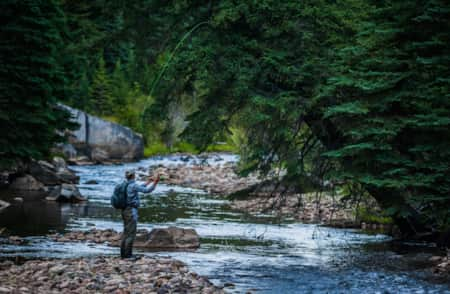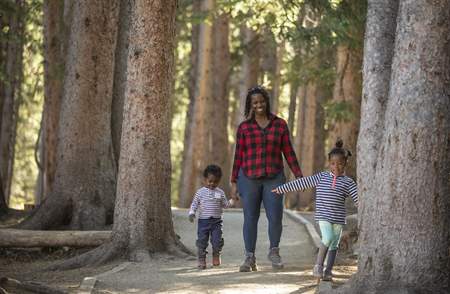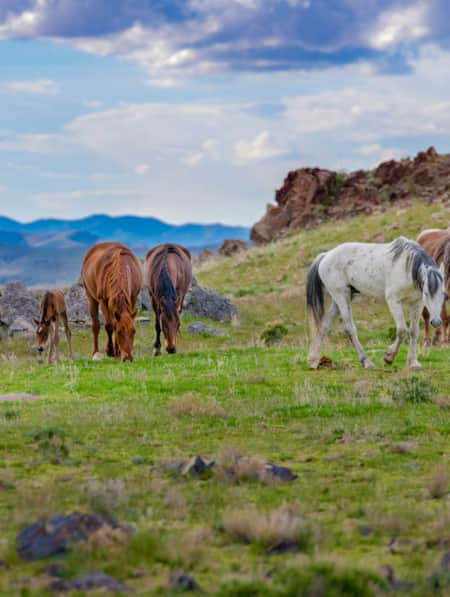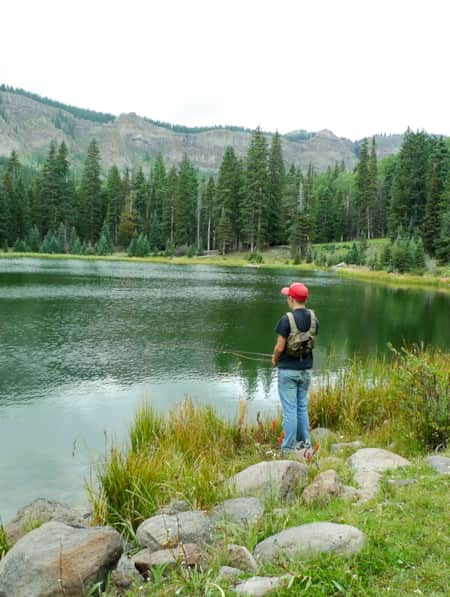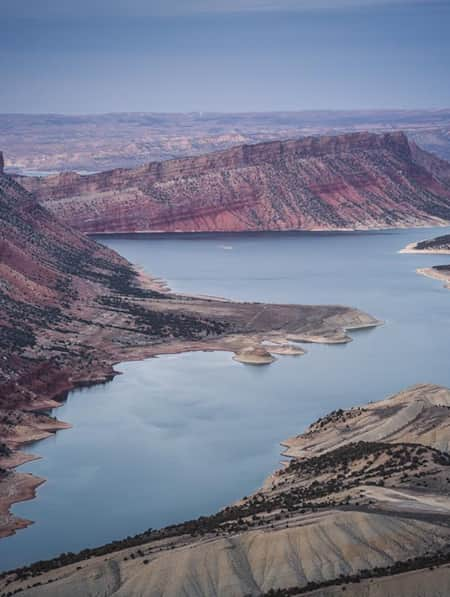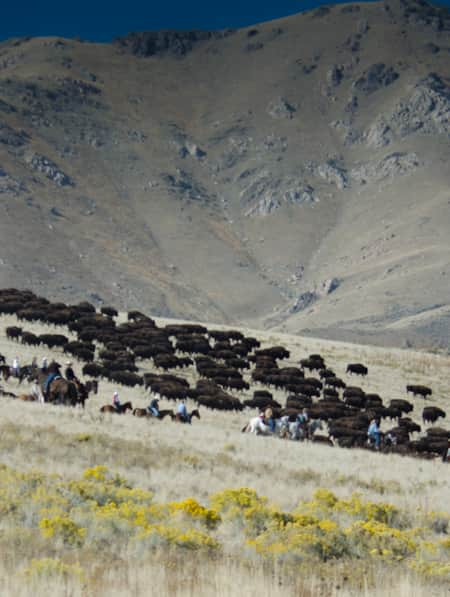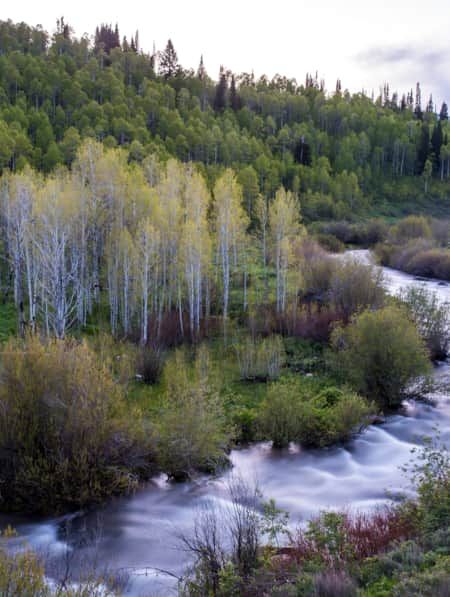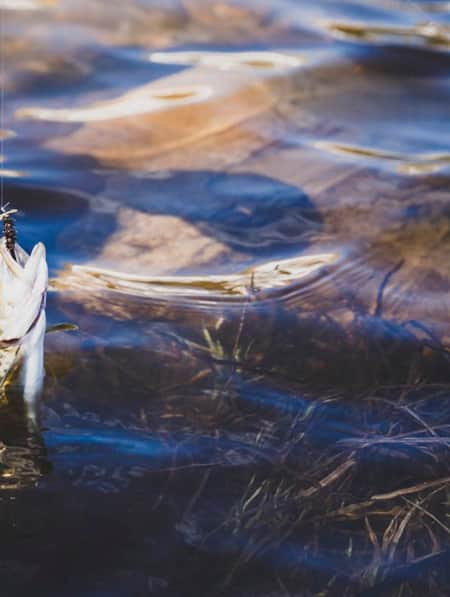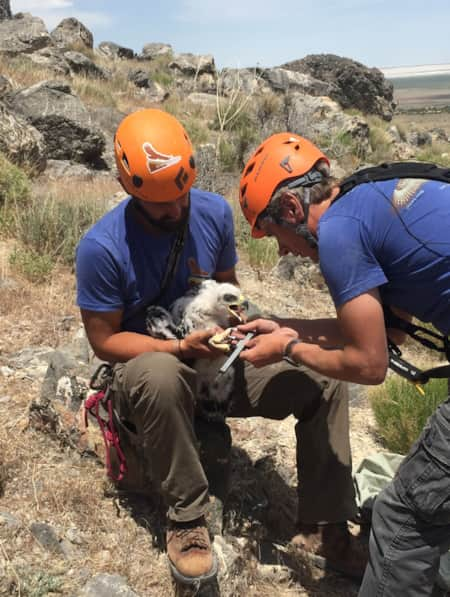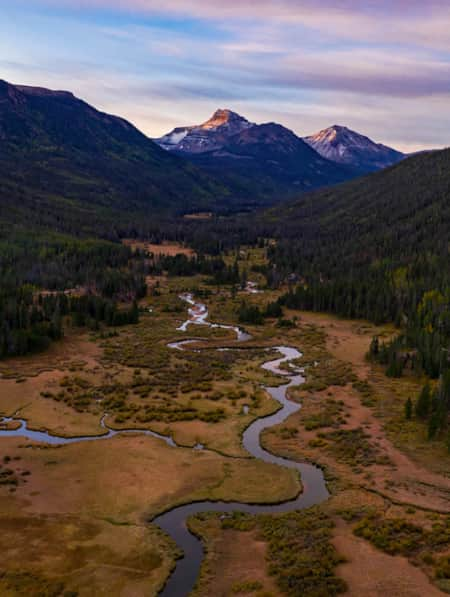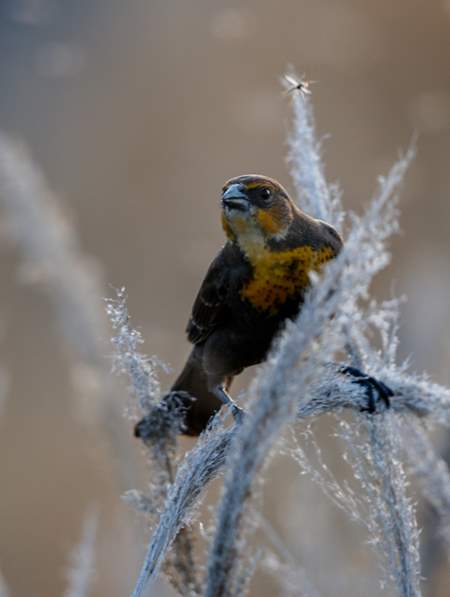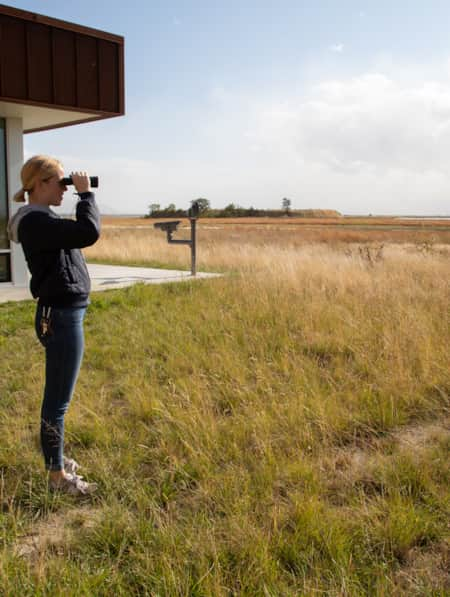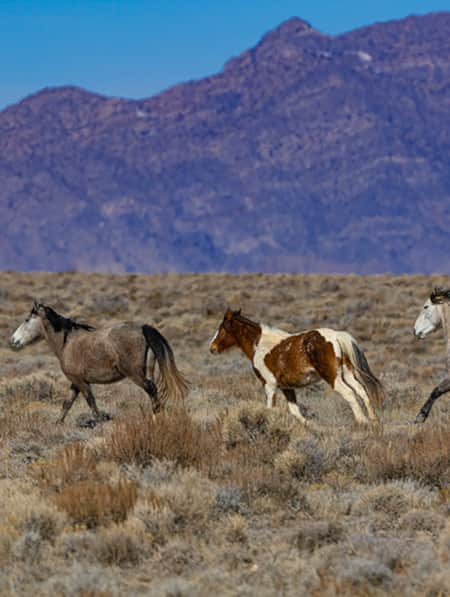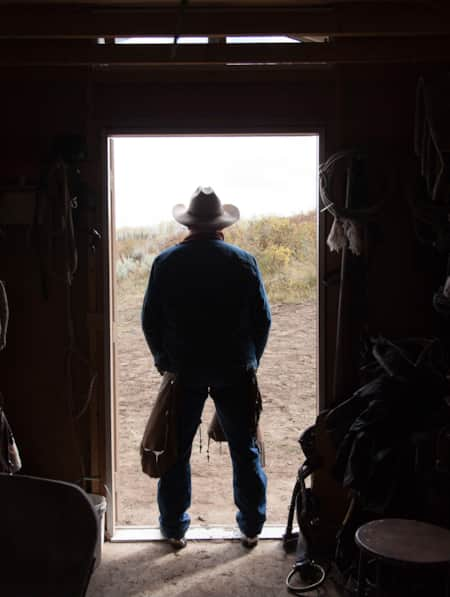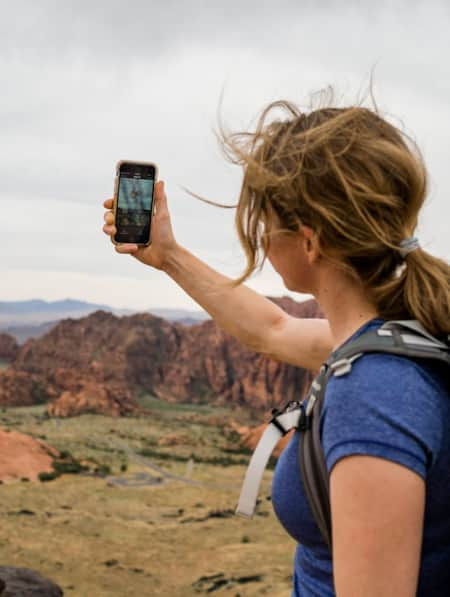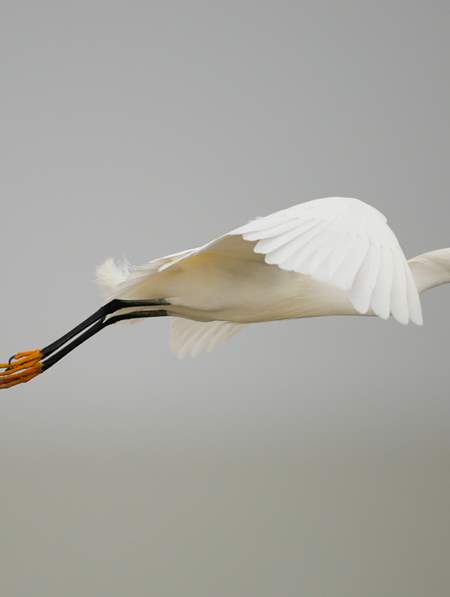Ways to Enjoy Nature and Wildlife
There isn’t just one way to enjoy nature and wildlife. Lace up your hiking boots, grab your fishing pole, pack your binoculars and get ready to enjoy a plethora of outdoor and wildlife-focused adventures.
-

Birding
Find the best places to see wild animals in Utah with this guide to top birding sites and viewing areas throughout the state. There’s a lot to see here!
-

Fall Foliage
See a kaleidoscope of fall colors throughout Utah.
-

Fishing
Utah has more than 1,000 fishable lakes and numerous fishing streams.
-

Hiking
From quick jaunts to stunning formations to rugged, multi-day backpacking, there are thousands of miles of great hiking trails throughout Utah.
-

Horseback Riding
With horseback riding trails throughout Utah, the true splendor and variety of riding opportunities makes Utah an excellent equine enthusiast destination.
-

Hunting
What’s game in Utah? Hunting wildlife is allowed on most public lands—for game birds, freshwater fish, mule deer, elk, antelope, more. A Utah hunting license is required.
-

Photography
Pack your favorite lenses and center yourself for a journey to remember.
-

Utah Wildflowers
Stop and smell the roses, so the saying goes. That may work in the English countryside, but here in the Beehive State, it’s Utah wildflowers that deserve notice.
"Any time you’re outdoors, you may have the opportunity to see some of the state’s over 600 wildlife species, so keep your eyes peeled."
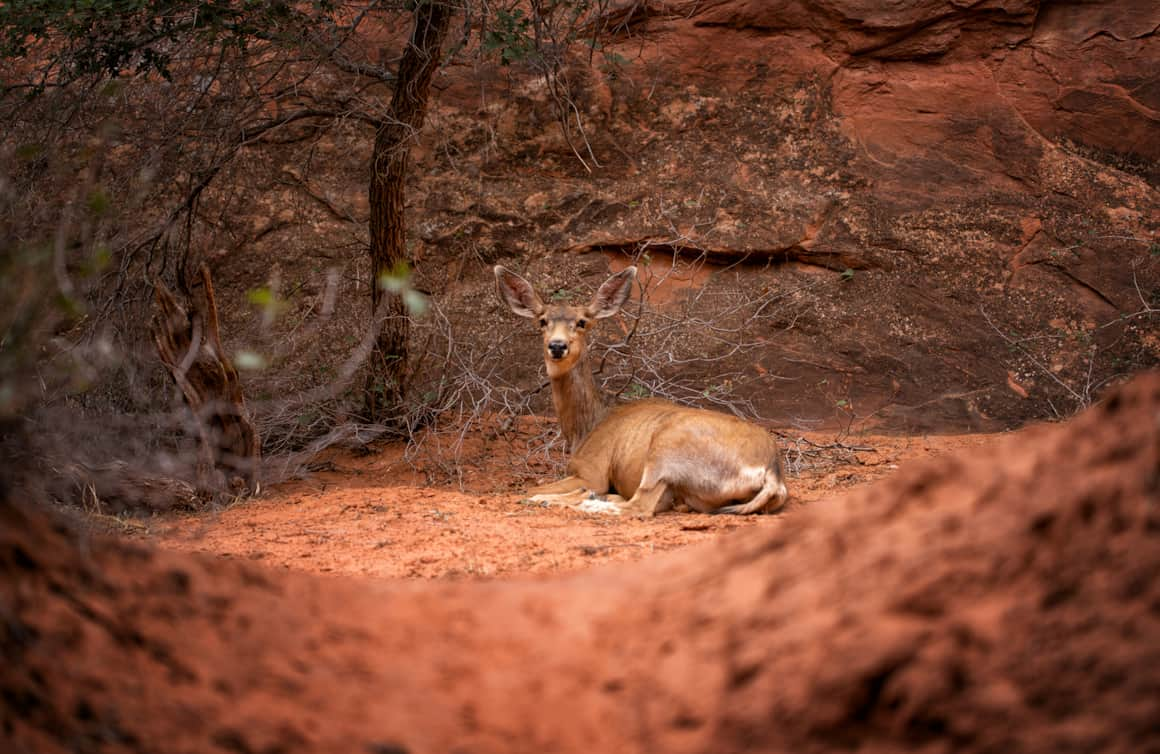
Arches National Park
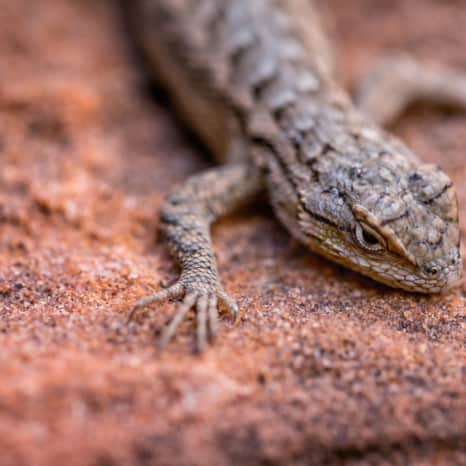
Zion National Park
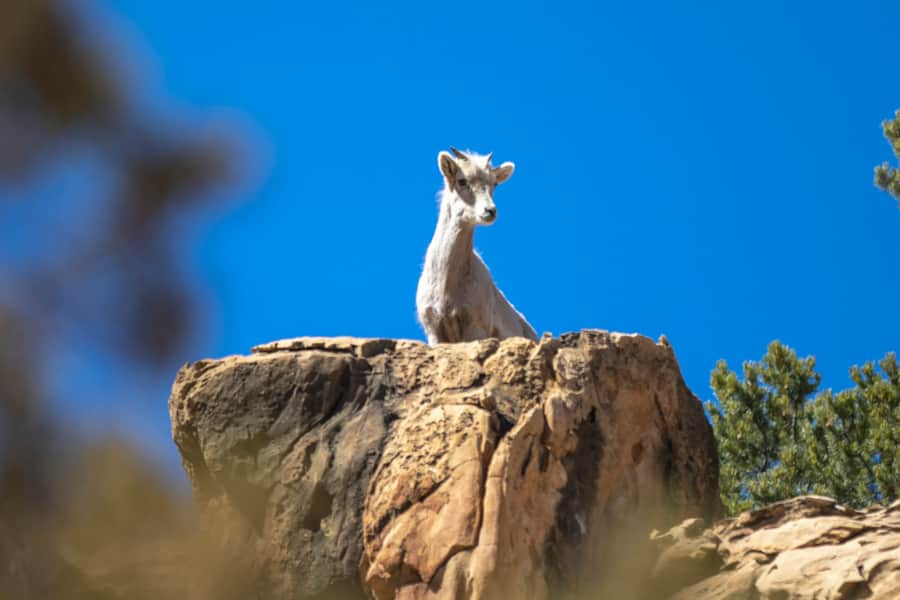
Capitol Reef National Park
Where to See Wildlife and Nature
In the northern reaches of the state, national forests and wildlife refuges offer incredible opportunities to spot wildlife. In the southern part of the state, check out some of Utah’s world-famous national parks for prime viewing opportunities. In the Southern Utah desert, broiling hot summer temperatures mean many animals are most active at dawn, dusk or nighttime.
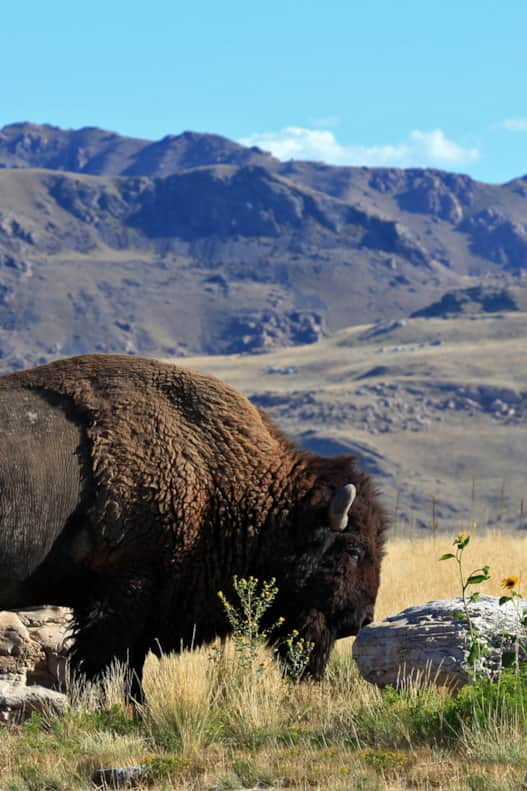
A bison grazes along the road to White Rock Bay at Antelope Island State Park. Antelope Island, the largest island in the Great Salt Lake, is home to a herd of 500 to 700 free-roaming bison.
Photo: Steve Greenwood
National Parks and Forests
In Arches National Park, keep an eye out for lizards, snakes, birds and squirrels during the day, while nighttime offers chances to see kangaroo rats, skunks, ringtails, mountain lions, bobcats, owls and other animals.
Zion National Park is home to a wide array of wildlife with 68 mammal species living there. Keep your eyes peeled for bighorn sheep, mule deer, foxes, rock squirrels, bats and other animals. To see the full array of wildlife, keep an eye out after dark. Due to the hot summer days, many of Zion National Park’s animal inhabitants are nocturnal and best seen at night. Mountain lions, bobcats, coyotes and ringtail cats are just some of the park’s nocturnal residents. During the day, you may even be able to see signs of their nighttime outings, such as tracks and scat.
Utah is also home to several national forests that make for good wildlife viewing, including the very popular Uinta-Wasatch-Cache National Forest.
State Parks
Utah’s state parks are the perfect place to see a wild variety of wildlife species.
Check out Antelope Island State Park for a chance to see bison, pronghorn antelope, mule deer, bighorn sheep and countless bird species all along the Great Salt Lake. (Read: Great Salt Lake Needs Your Visit)
Willard Bay State Park is a good spot to spy nesting eagles during the winter.
Wildlife Refuges
Utah is home to three incredible wildlife refuges.
-
Bear River Migratory Bird Refuge hosts millions of birds a year, with more than 200 different avian species stopping by.
-
Fish Springs National Wildlife Refuge in Utah’s West Desert, off the Pony Express National Historical Trail, features 10,000 acres of wetlands and incredible viewing opportunities.
-
Ouray National Wildlife Refuge is an oasis in the desert, and it entices birds from all around.


